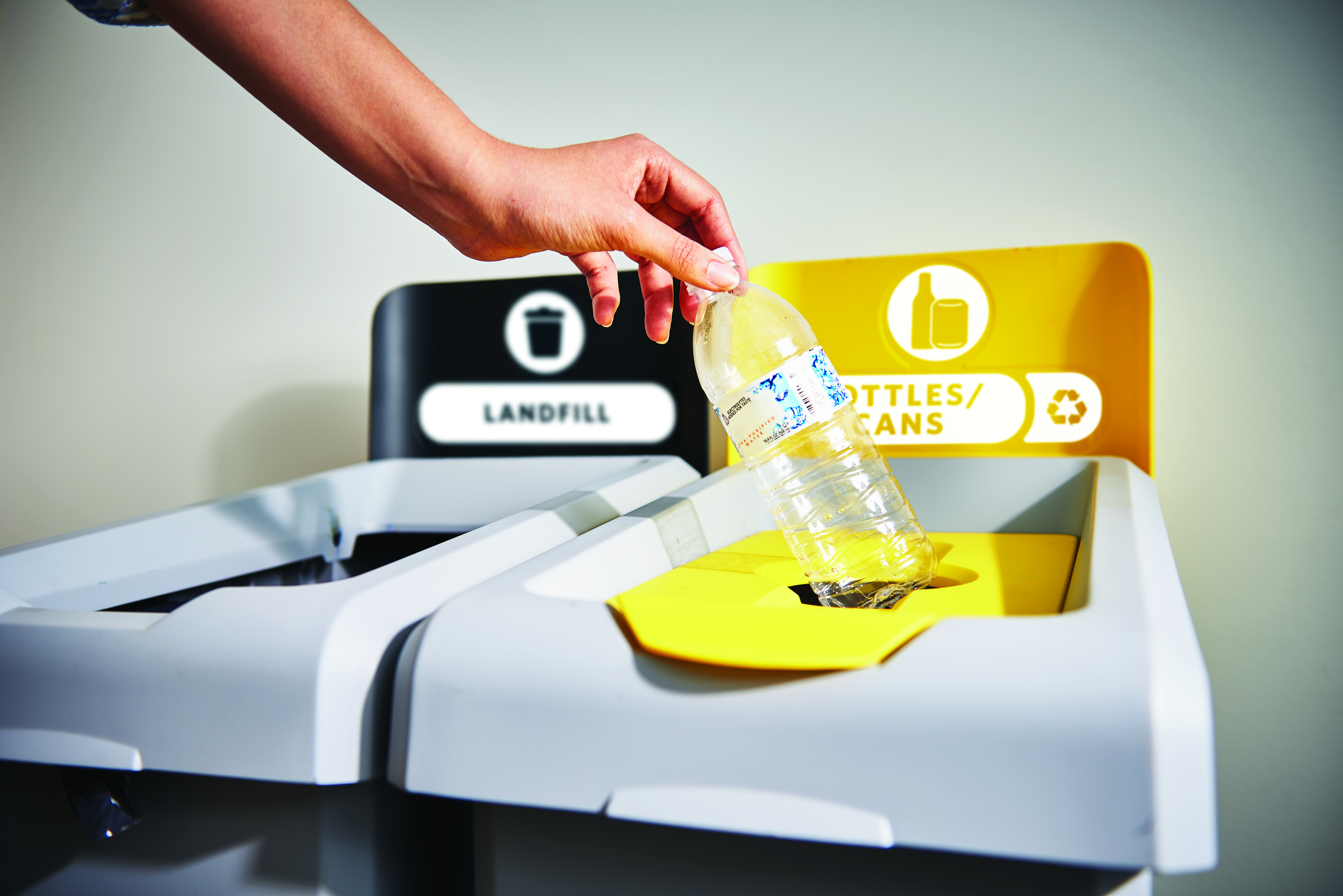
As global environmental challenges intensify, both the European Union (EU) and UK are taking significant steps toward a more sustainable, circular economy through more robust regulations surrounding packaging waste and recycling. Two major frameworks have been introduced; the EU’s Packaging and Packaging Waste Regulation (PPWR) and the UKs Resource and Waste Management (RAM) system. Both regulations are designed to reduce waste, improve recycling rates, and encourage better consumer behaviour.
Introduced back in February, the PPWR aims to overhaul packaging waste management across the EU. The regulation looks to:
With the ultimate goal of significantly reducing global greenhouse gas emissions, water use, and the negative effects of packaging and packaging waste on the environment, the PPWR is aligned with the EU’s broader Green Deal and Circular Economy Action Plan.
Currently, requirements for recycling symbols vary across countries which can lead to confusion. A central element of the PPWR is to standardise these symbols across the EU, introducing a uniform system of recycling symbols by 2028. This new system will make it easier for both consumers and businesses to correctly dispose of packaging, improving recycling rates and streamlining packaging waste management.
The regulation promotes sustainable packaging by incentivising recyclable, reusable, and compostable materials. Businesses must meet stricter criteria as packaging waste faces tighter controls.
The PPWR sets key targets including:
In the UK, the post-Brexit era brought a shift in how packaging waste and recycling are managed, with the UK no longer governed by EU-wide regulations. The UK introduced its own regulatory framework through Resource and Waste Management (RAM). While RAM shares some similarities with the EU's PPWR, it operates under domestic laws that reflect the UK's independent stance on waste management.
The UK’s Extended Producer Responsibility (EPR) policy makes producers responsible for packaging. The new RAM framework adds clear labels and a red, amber, green recyclability rating, guiding consumers and linking disposal fees to recyclability.
The new frameworks seek to reduce confusion and improve recycling rates because without accurate separation, recyclable materials can become contaminated, rendering them unrecyclable and leading to greater landfill use.
Here at RCP, we’ve long understood the importance of clear and consistent signage. Our recycling containers are colour-coded, come with universal recycling symbols and we even offer consistency across different containers, leading to greater cohesion across your whole waste management system. With the customer and employee experience unique to each business, our label customisation tool has been designed to allow businesses to personalise their recycling labels.
Find out more about our waste and recycling here or to find out more about the customisation portal get in touch with one of team.
Share on Social Media